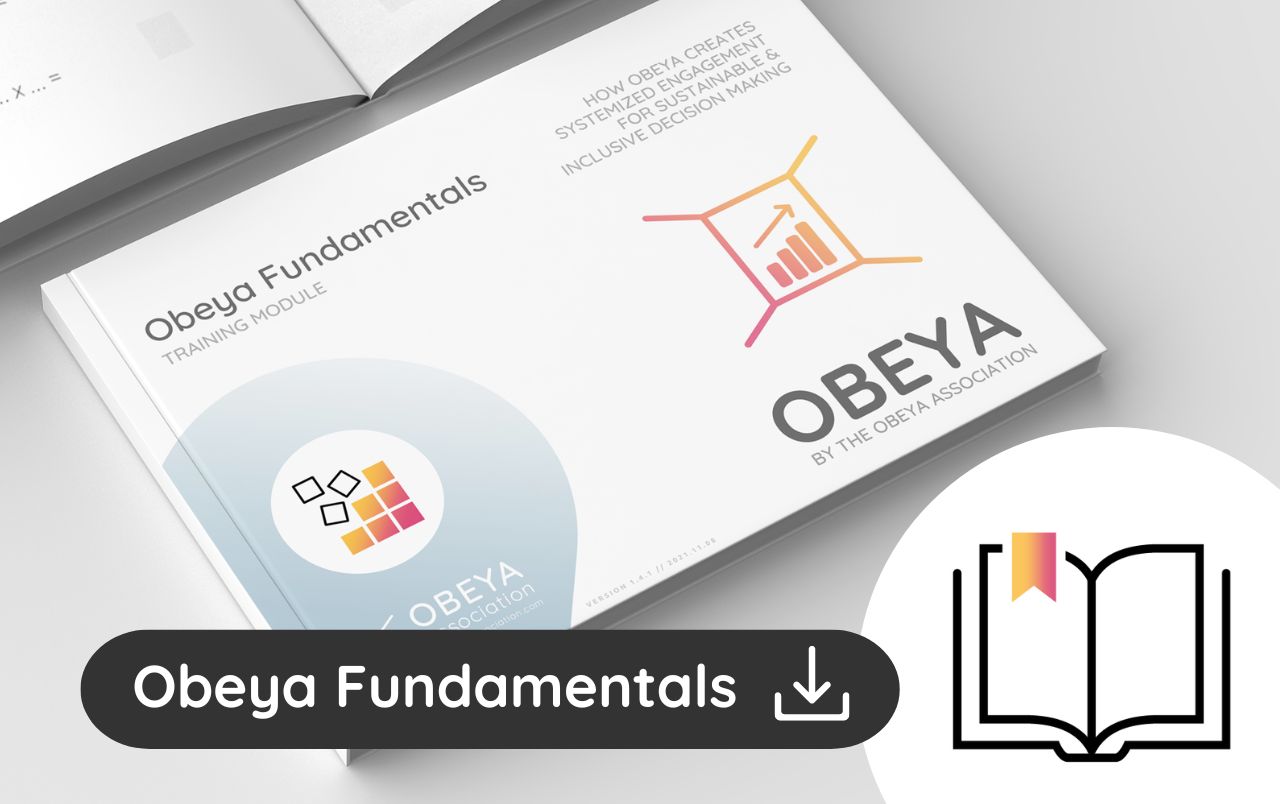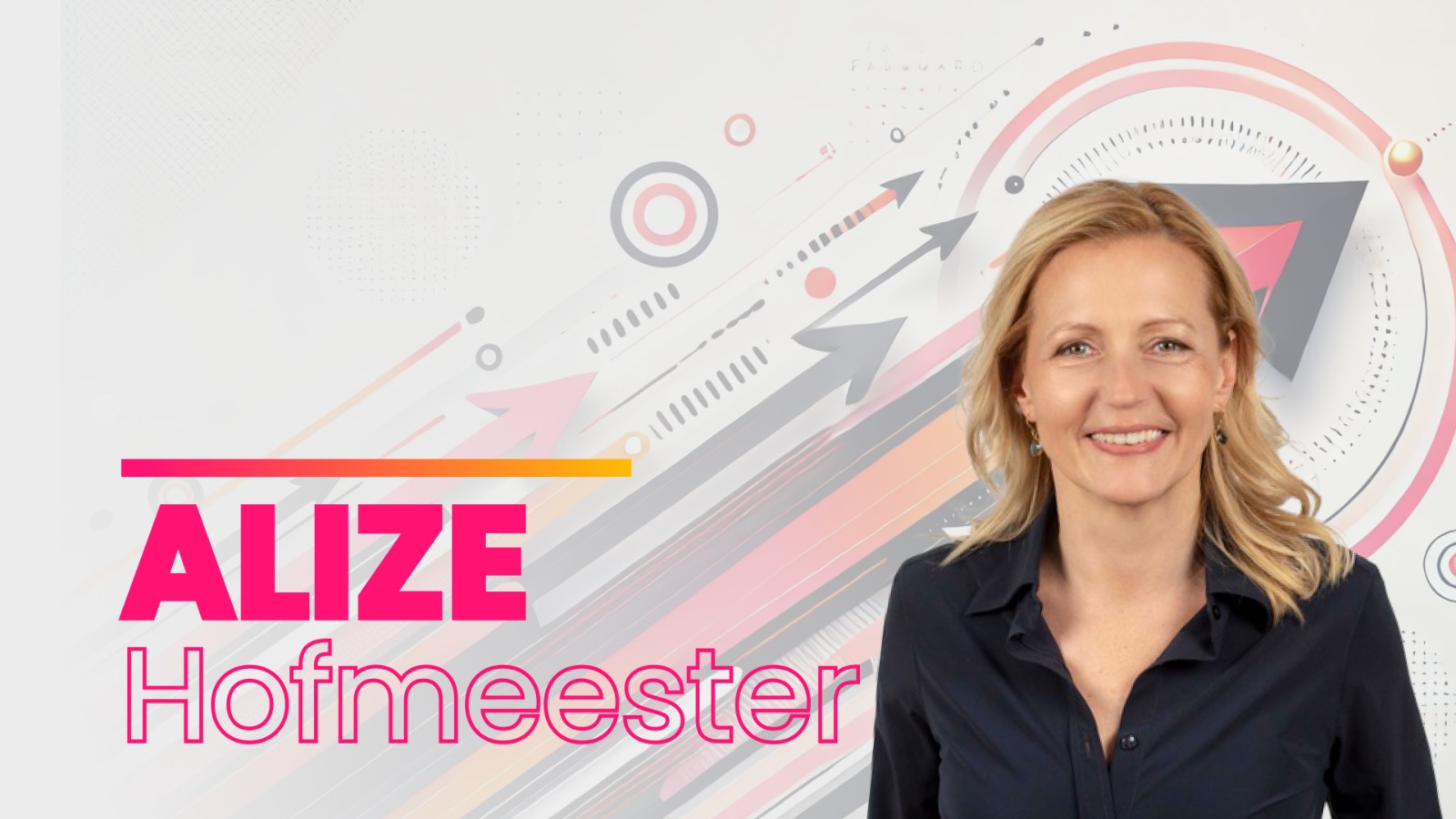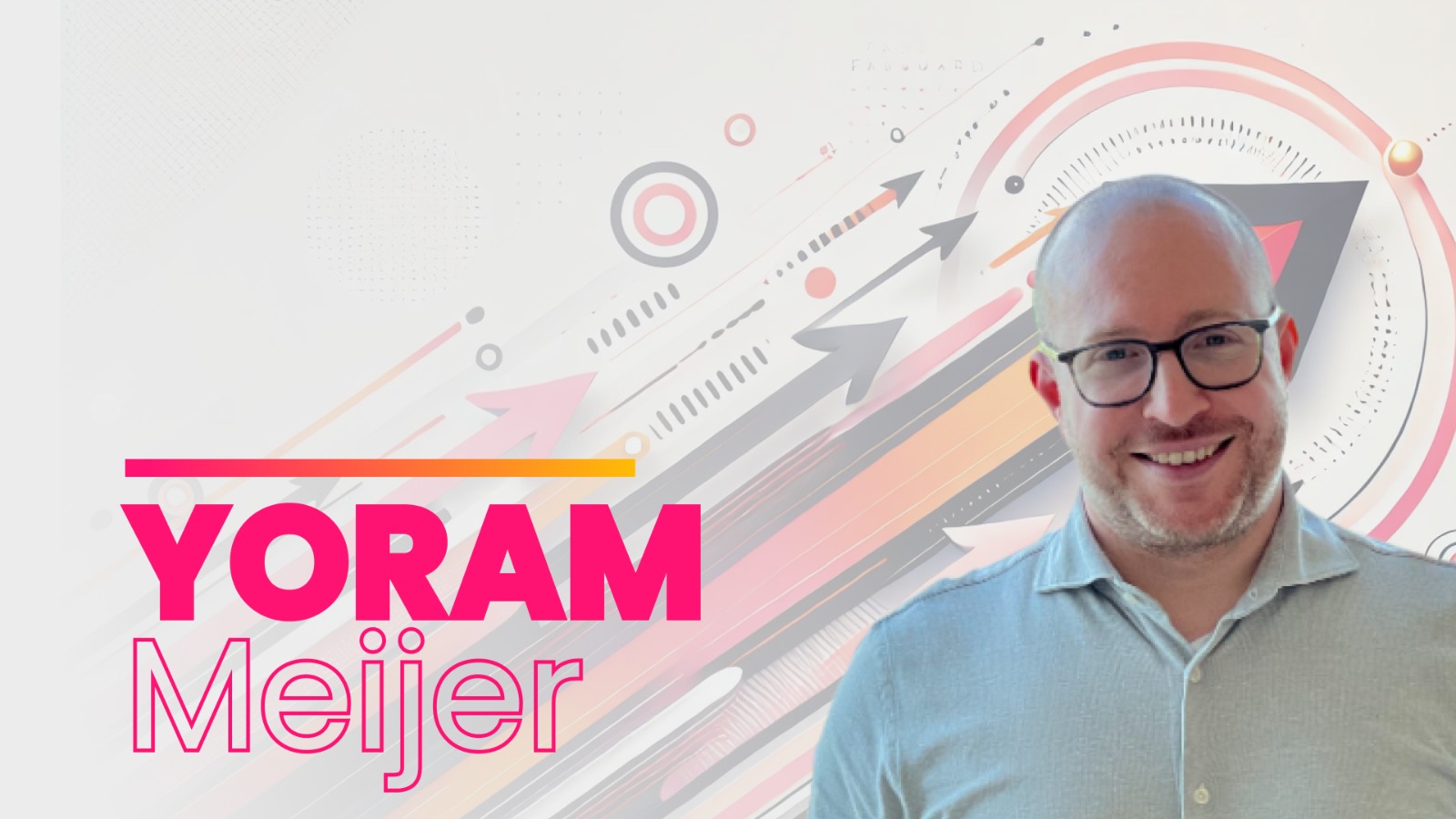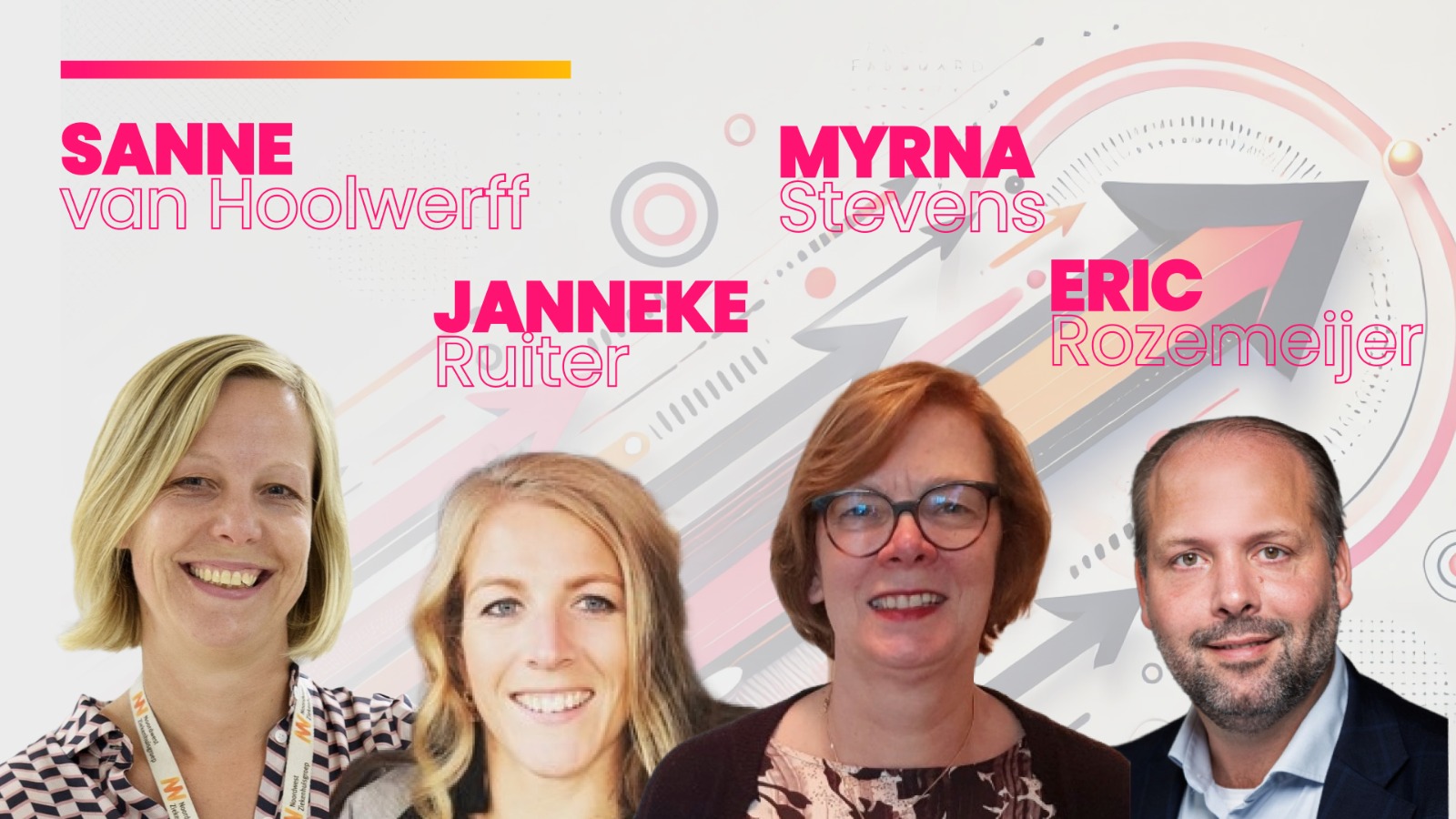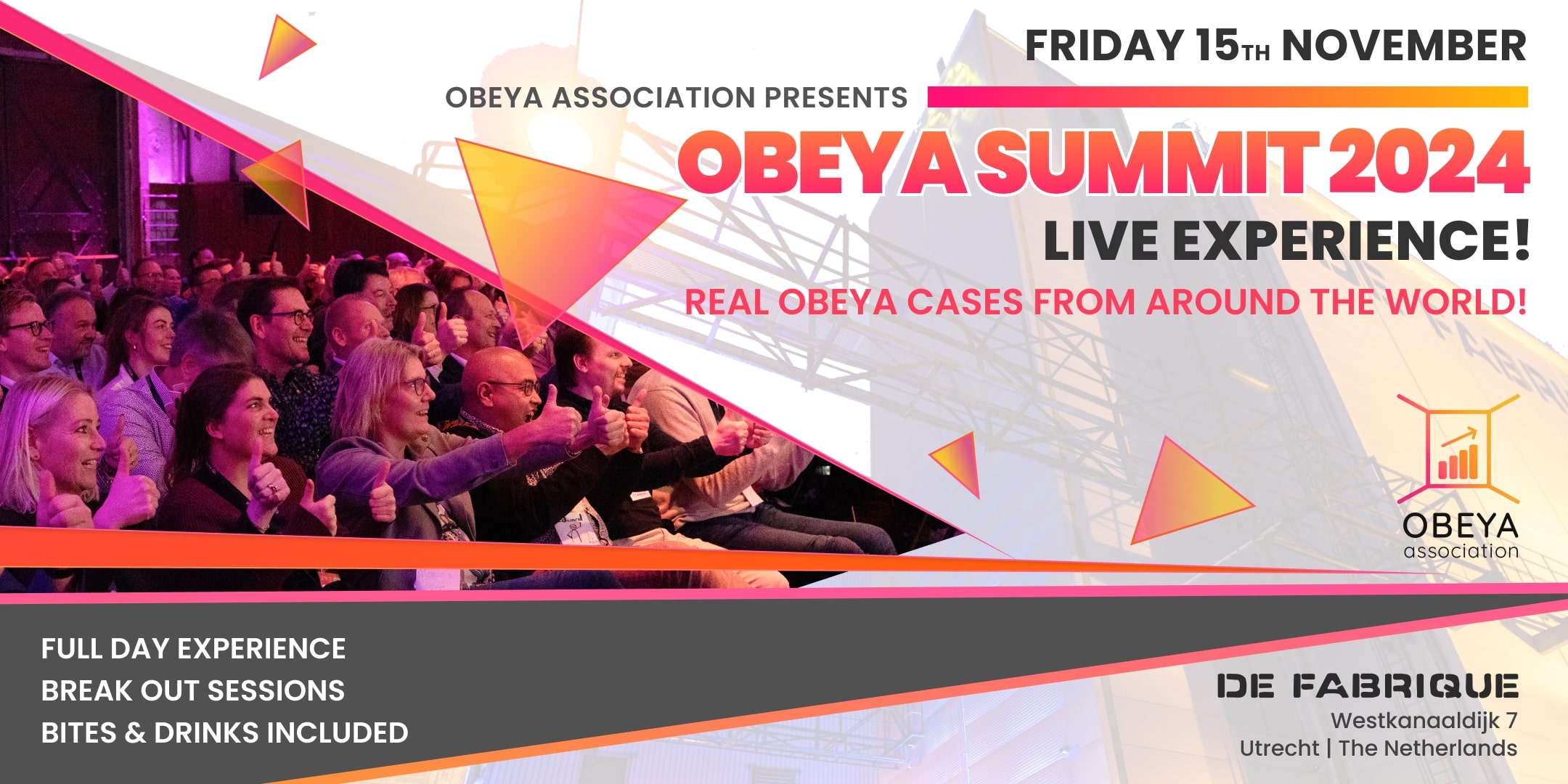
Author of this article: Fabio Lisca, Founder of Agile School
I started applying Agile methodologies in 2011. I am a certified Scrum Master and I started applying Scrum. In 2018 I founded Agile School thinking that the time was ripe to talk about Agile also in Italy. At the beginning the word Agile and the concepts behind the mindset were practically unknown, but branches of several multinational companies were starting to introduce Agile methodologies. Their approach was and is the conventional one: ask a big consulting company how to do it.
The big consulting company always suggests the same approach, the ‘copy and paste’ of a methodology, always scrum, sometimes Spotify model, otherwise SAFe and finally O&KRs, based on the ‘one fit all’ approach.
Thus scrum has become the workhorse of the big five helping to associate scrum with Agile. It goes generally like this, one day a little mouse got lost in a huge field of corn. Round and round he could not get out of the maze until he spotted a pigeon perched on a tree. The mouse approached the tree and asked the pigeon to help him by showing him the direction to get out of the corn maze. The pigeon thought about it for a long time, then said to the mouse, ‘I have a better idea! I will draw a strategy for you.” The mouse surprised by the pigeon’s exit was flattered and accepted the offer. The pigeon then decreed, “it’s simple, grow wings so you can fly up and see the exit of the field.” “Great,” said the mouse, “but how do I grow wings?” The pigeon promptly retorted “I do strategy, implementation is your business” and flew off.
So organisations that have already spent a fair amount of money implementing scrum end up with the short end of the stick. Quite rightly, they do not give up and pursue even more resolutely the work started by the consultancy firm by hiring an Agile Coach and try even harder to implement scrum.
Copy and Paste
There is nothing wrong with Lean Agile methodologies and they can be of great help. The problem with any methodology is that they are usually implemented in a conventional way (copy and paste) without any understanding of how the system works. Every organisation has its own characteristics and Agile implies a change of organisational behaviour and consequently of organisational culture.
“People do not resist change, people resist being changed”
The change in organisational culture is achieved through the practical application of new ways of working. New ways of working must be identified by the team, not imposed from above. As Peter Senge states “People do not resist change, people resist being changed.” We can add that if it is people who find the solutions to change and they themselves experience them, their motivation becomes the main driver of change as you allow those people to bring their own contribution that generates engagement and satisfaction.
Conventional organisations tend to solve problems by creating new positions, new roles and introducing new methodologies. The more roles, positions and methodologies are imposed, the less people are willing to follow them, indeed, ready to obstruct or even boycott them. The solution is not to start from a methodology but from an understanding of how the system works. Methodologies, tools, practices come later when teams have learnt how they want to set up the operating model.
Pilot projects for quick concrete results
The reality is that the conventional approach to Agile through the implementation of a methodology gets disappointing results. People in so-called Agile teams continue to work as they did before. Too often team cannot be defined as such because it is a group of people who cooperate to achieve their own objectives. Departmental and functional logic prevails over systemic and organisational logic, thanks also to the influence of departmental heads with their departmental objectives.
People feel the implementation of the new methodology as an imposition and do not understand its meaning. Furthermore, they complain that they spend their time in meetings; in fact, in addition to the usual work meetings, which are usually long and ineffective, ritual scrum meetings are added. They do not understand the purpose and they complain.
My experience with teams during pilot projects is that teams quickly achieve concrete results, but managers who have not participated in the way of working do not understand it. On the other hand, the attitude of managers towards Agile is usually highly ambiguous.
What do managers do?
On the one hand there are those who have been ordered to do it by headquarters, they know they have to do it but they do not know if they really want to. There are also managers who would really like to improve organisational effectiveness and efficiency and are attracted by the benefits that Lean Agile methodologies promise.
They all think it is just a matter of implementing a methodology as has happened so many times before. The principles behind these methodologies cause them some concern and the question they ask is ‘but if teams are autonomous what do managers do?’ And that is exactly the question, Agile managers do exist but their way of working is quite different. It is a change from a logic of relational power based on roles and position to a logic of practical power, the power to act. It is about moving from a hierarchy of positions to a hierarchy of competence.
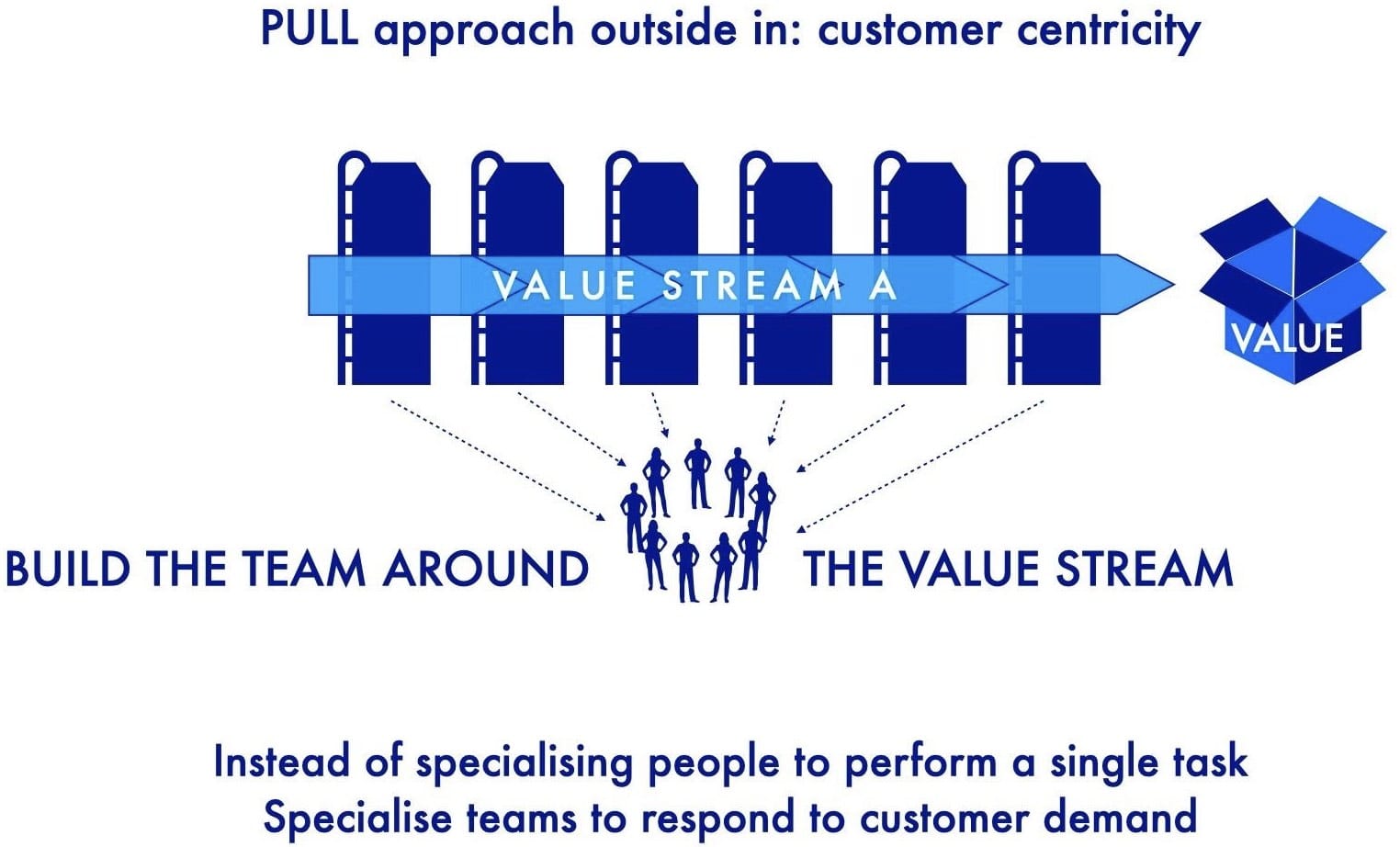
Scrum, Agile, SAFe
Another problem encountered in my experience is that scrum focuses on the individual team and does not provide an overview of how the organisation works, how it brings value to the end customer, how to coordinate with other teams and departments to bring this value. In the end, organisations that have adopted scrum are conventional organisations, made up of many different departments that do not collaborate with each other, and the overall result is identical to that of conventional organisations working in a traditional way. The mere fact of having adopted an Agile methodology does not mean being Agile at all.
Some methodologies are trying to overcome these problems that make scaling impractical. One of the most popular is SAFe, the impression is that it hardly works. The more cynical colleagues tell me “of course we know it doesn’t work, but it takes them four years to realise it anyway. This is what they ask for and we give it to them”. Some might say “it’s the law of the market, beauty. Give the customer what they ask for even if it’s useless.” Those less cynical think “let’s just get in! Once we are in, we bring them to the right path.” What an illusion! Reality is not like that. Starting off on the wrong foot is unlikely to help achieve the desired results. A different approach is needed.
Obeya Management System
If the implementation of methodologies is not a guarantee of Agile transformation, what approach should be taken?
Let us start by clarifying what is meant by the Lean Agile mindset:
with the aim of bringing value to the customer and creating a culture of continuous improvement”
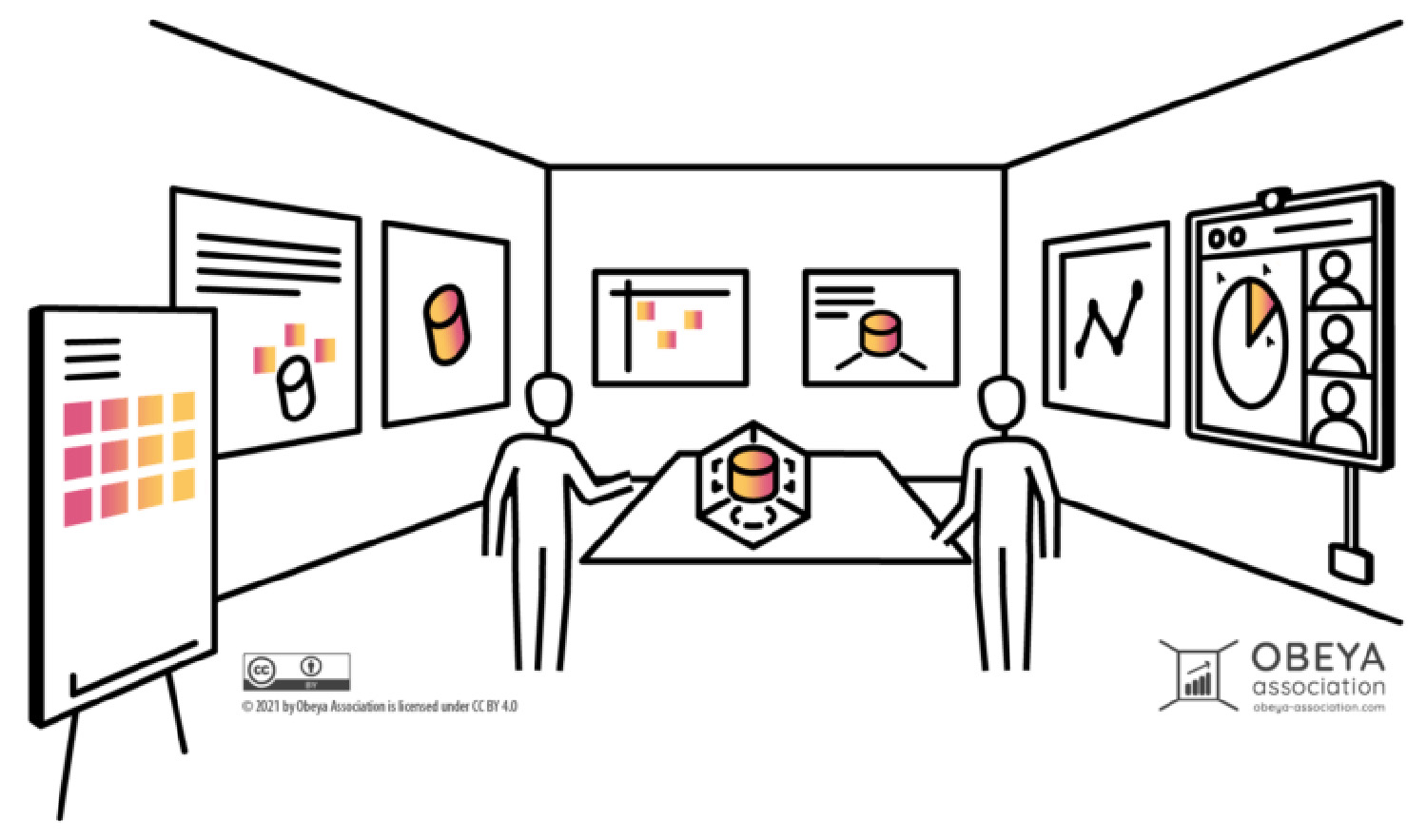
The approach I adopt has a name: Obeya Management System.
I reiterate the idea that implementing a methodology in a team or organisation without having created the conditions to do so is not only an announced failure, it is a dysfunctional approach because teams and organisations are human systems. In order to introduce something new that changes human interactions by changing behaviour and consequently culture, it is necessary to adopt social collaboration technologies that create the conditions and environment for these changes to take place quickly.
Consolidating them obviously takes longer, but not as long as all the organisations that have implemented an Agile methodology and are working according to that methodology without being agile at all.
A new approach to collaboration, communication and product development
Obeya was born in the context of complex new product design and was first applied, together with simultaneousuos engineering, to develop a new method to produce the car for the 21st century in very little time, less than half the time of conventional new product development. In fact, a new approach to collaboration and communication and a new approach to product development was invented to achieve these goals in a short time, following the ‘do more with less’ imperative.
It is often used where the complexity of a project or work processes is so high that a common vision and coordination system between multiple teams, functions and departments is needed in different application sectors: design, building constructions & housing, contract manufacturing, services, life science, mining, utilities & energy, food & beverage, customer goods, financial services & insurance, telco, cosmetics, chemicals, healthcare service, engineering, automotive, transport, rail, technology, defence, aerospace.
Key questions
That said, some key steps are needed to apply Obeya Management System and they start with some key questions:
- What is the purpose of the organisation?
- What is the most important organisational problem you want to solve?
- Who is the customer?
- What is the value from the customer’s point of view?
- What are the activities and competence needed to bring value in flow to the customer?
- How are you measuring the system?
They hardly know how to answer the first question and usually the answer comes after answering the third and fourth questions. If the customer answers the first question with the classic answer I was taught during my MBA, remunerate the shareholders, hence profit; you can always observe that there will also be a customer who pays for the products/services and who will demand that they improve over time.
The second question is the key to understanding whether the customer is serious or whether they are chasing the managerial fad of Agile. If in fact he repeats that they have no problems and that they only want to become Agile, it often means that they do not want to become Agile but that the headquarter has imposed it or that they are following some neighbour. More easily, they have too many problems and do not know how to prioritise.
Usually defining who the customer is and how to define value from the customer’s point of view takes some time but once the answer is identified, the fifth question becomes easy to answer and corresponds to one of the key activities of the Obeya Management System: Value Stream Mapping. It is also the activity that allows them to see bottlenecks, interdependencies, relationships between teams, functions and departments. The last question is generally difficult because conventional organisations use output measurement criteria, how much they invoice, how long it takes them to manufacture something, how much it costs, how many pieces they sell in a given period of time.
All useful criteria but they tell us nothing about how the system is performing. Again we are helped by the Value Stream Map on which the work can be made visible and lead time and process time can be made visible. There are other criteria that must be introduced, but to start with lead time and process time allow us to see how the system is performing.
Build your teams around the value stream
This initial work allows one or more teams to be built around the value stream. At this point the start-up workshop begins. It lasts two to five days depending on the complexity of the project and the organisational complexity and serves to align the teams, obtain commitment, pool information, build the collaborative architecture and the Visual Management System, make decision on the working methods, the number and timing of meetings, at least initially, and make working agreements. The approach continues by facilitating team meetings to achieve concrete results in a short time, maximum three months, which are presented by the teams to the leadership team.
Do more with less in a short time and be very effective
The results in a short time show the teams the effectiveness of the Obeya Management System, they realise that it is possible to do more with less in a short time and be very effective.
Efficiency is achieved in the following months, usually no more than six, because it is important that teams achieve autonomy in less than a year, through the introduction of the eight disciplines that characterise the Obeya Management System:
- Discipline of respect
- Discipline of Consensus Building
- Discipline of Meetings
- Discipline of customer obsession
- Discipline of standardisation, measurement and reliance on data
- Discipline of KIS & DIY
- Discipline of continuous improvement and experimentation
- Discipline of Transparency and Obeya’s Maintenance
For more details, I refer you to the book Obeya Management System. Collaboration by Design: a different approach to Agile. Agile School Press 2023 available in Amazon.


